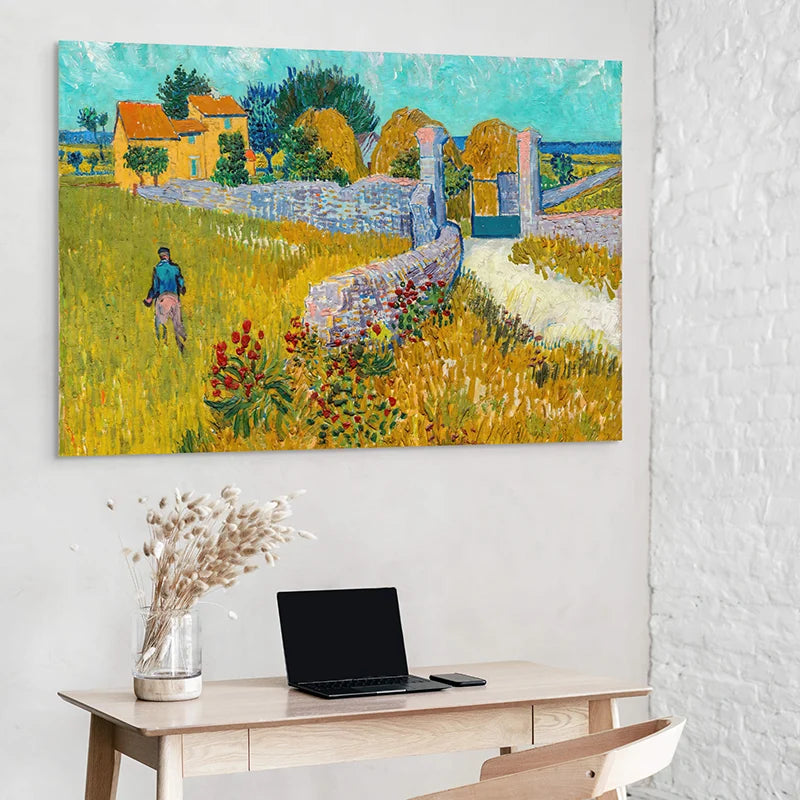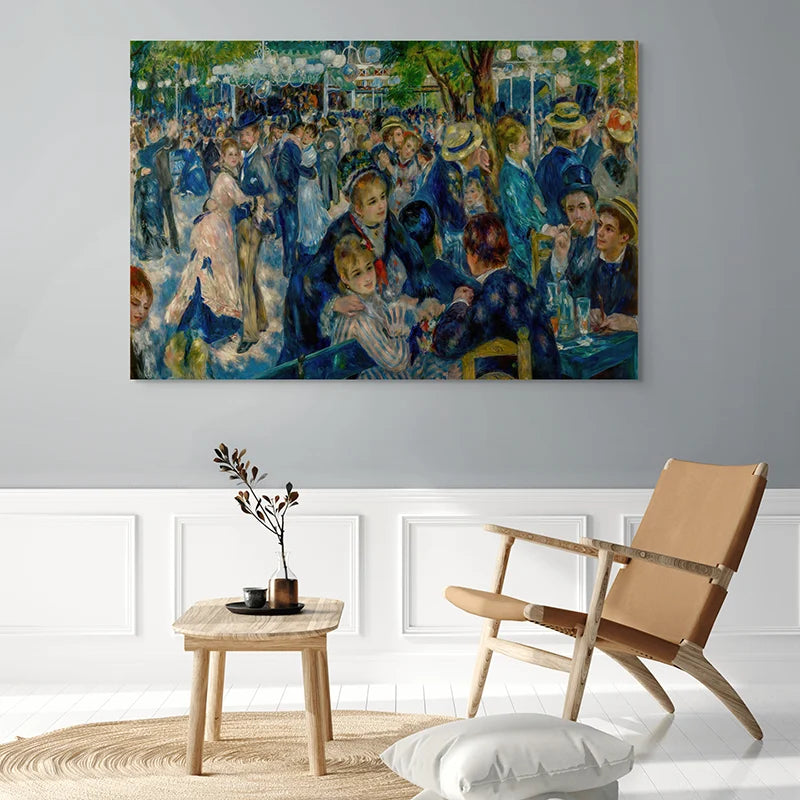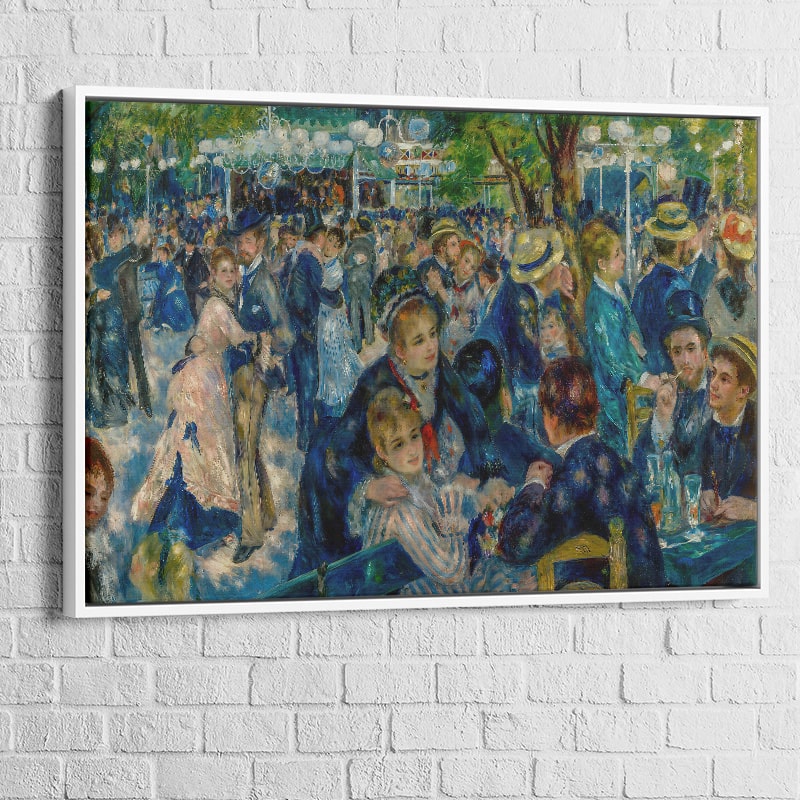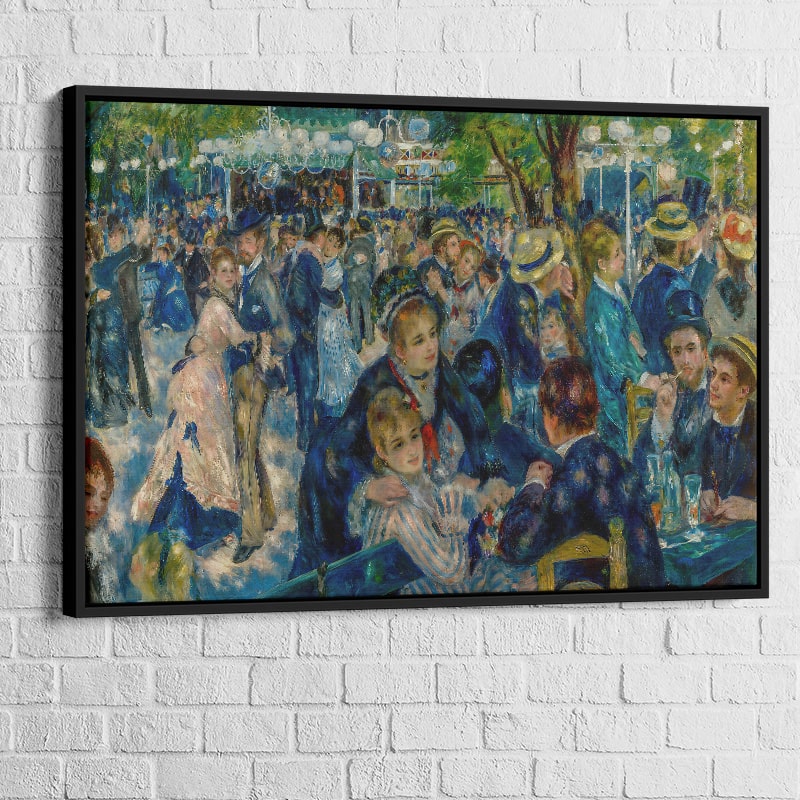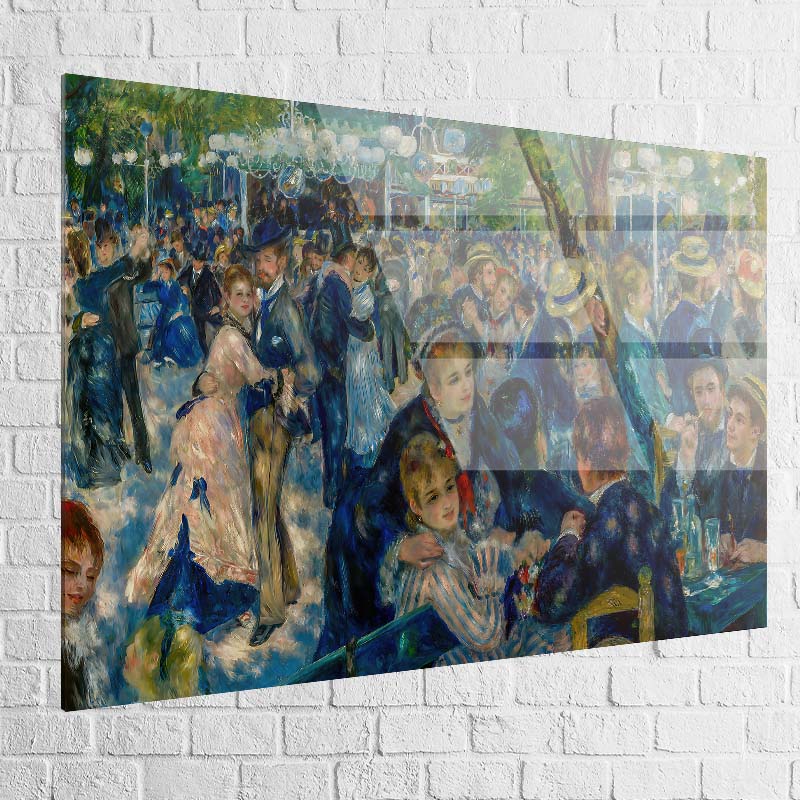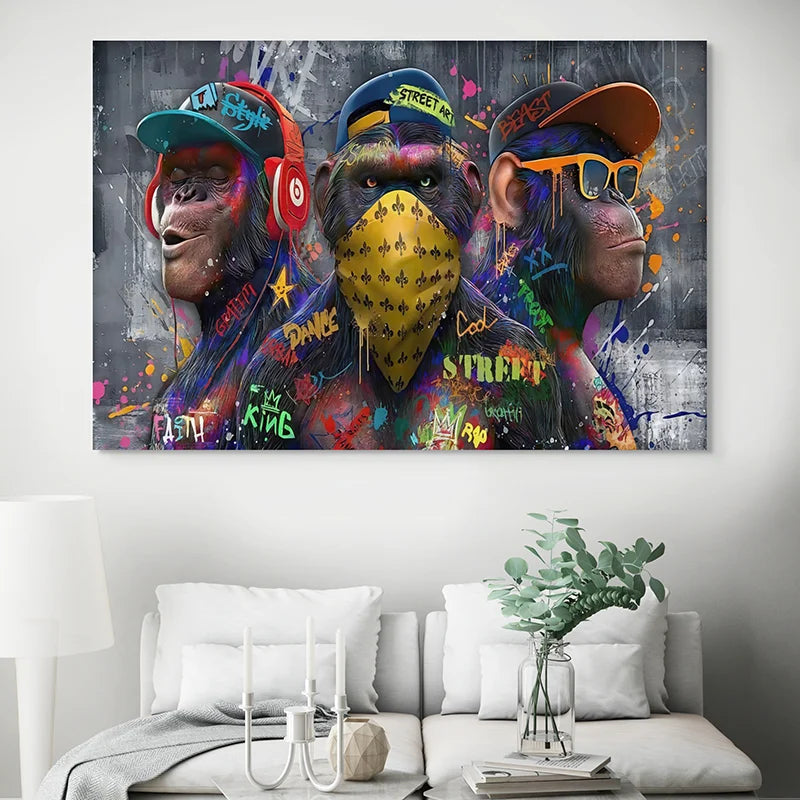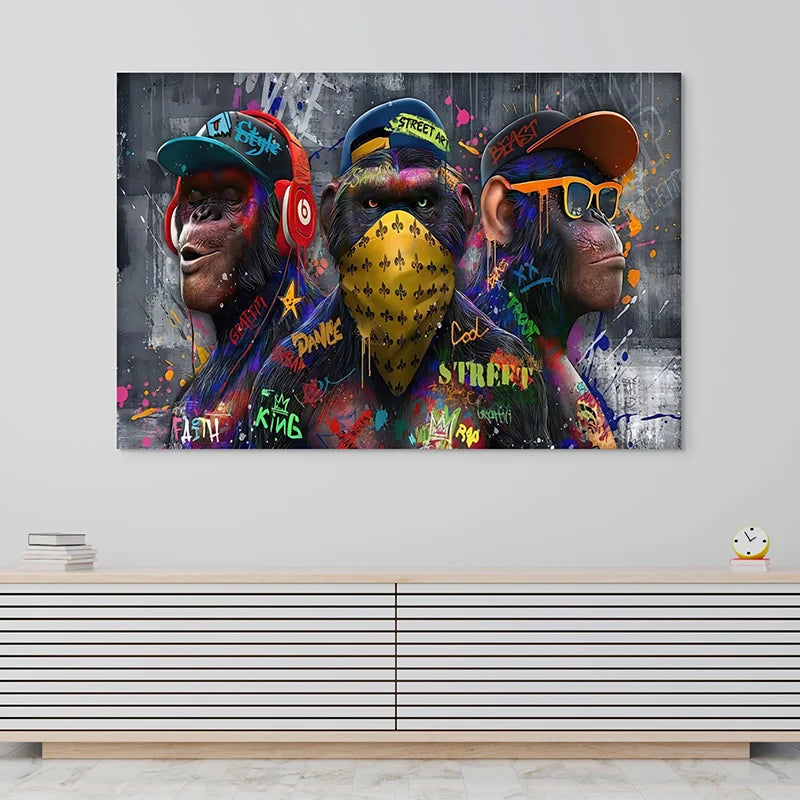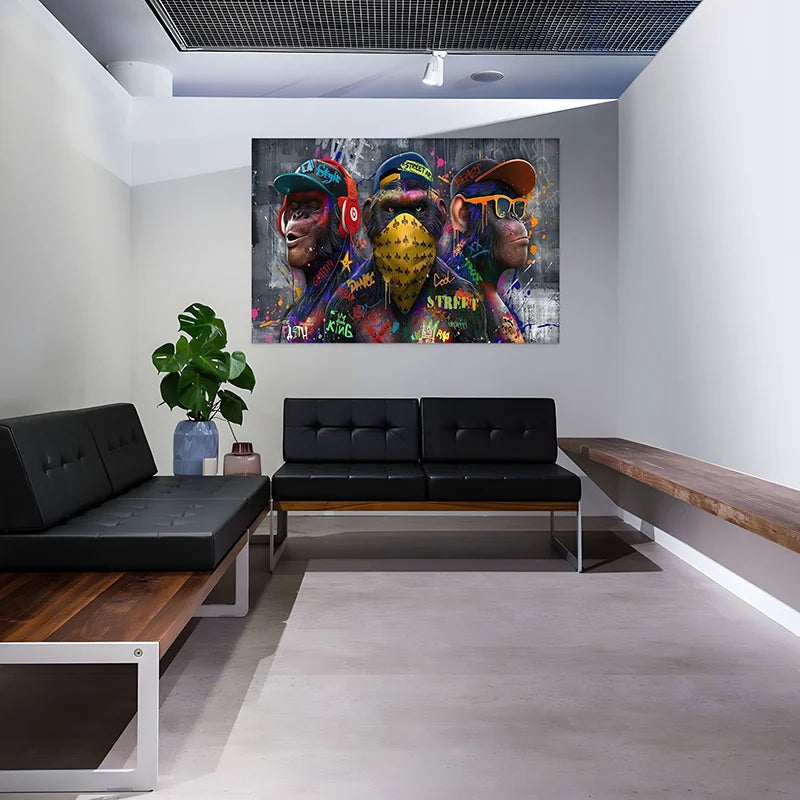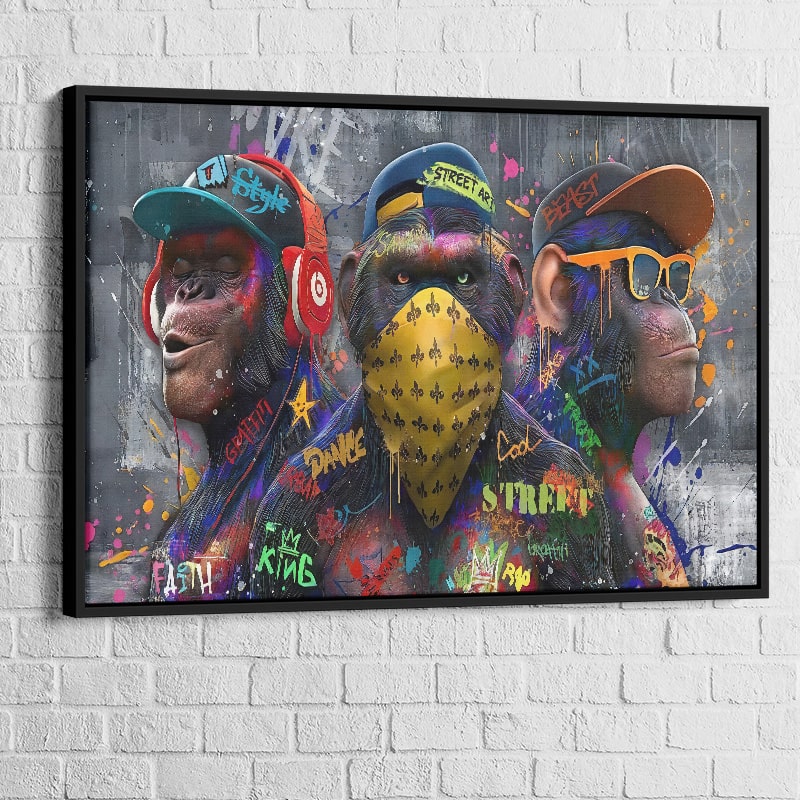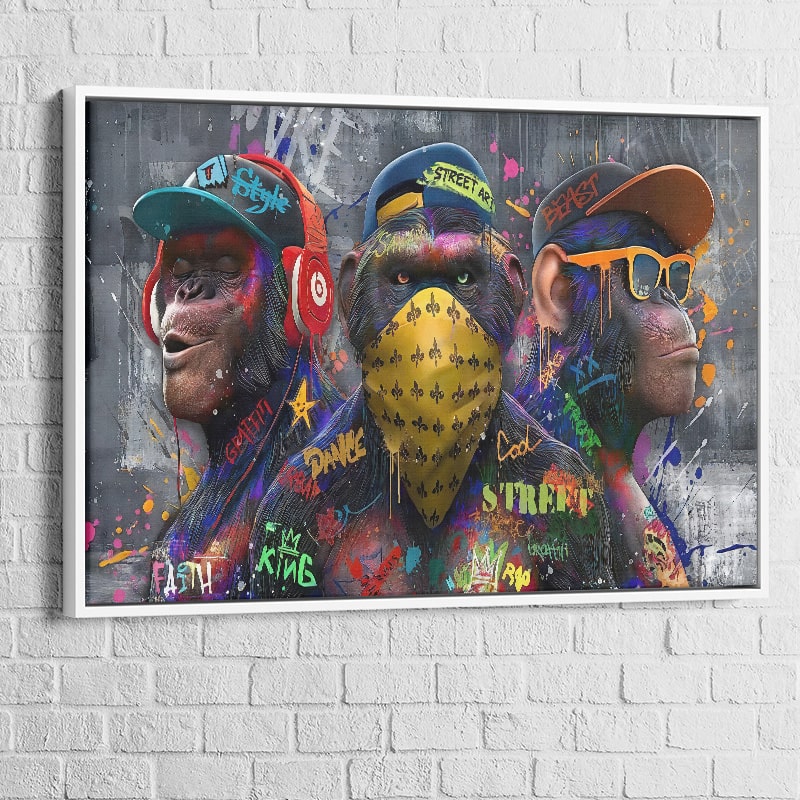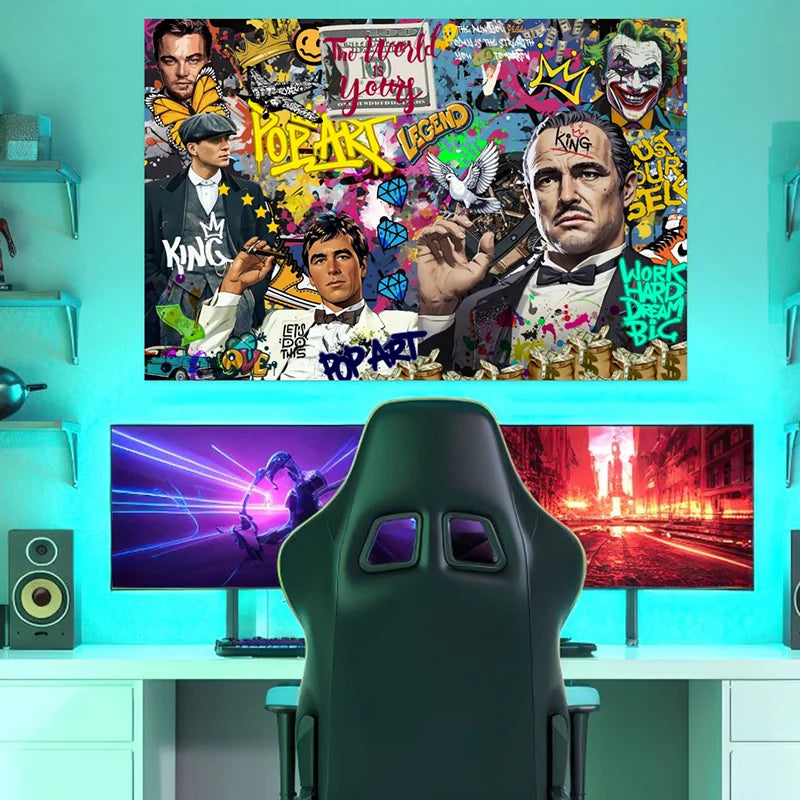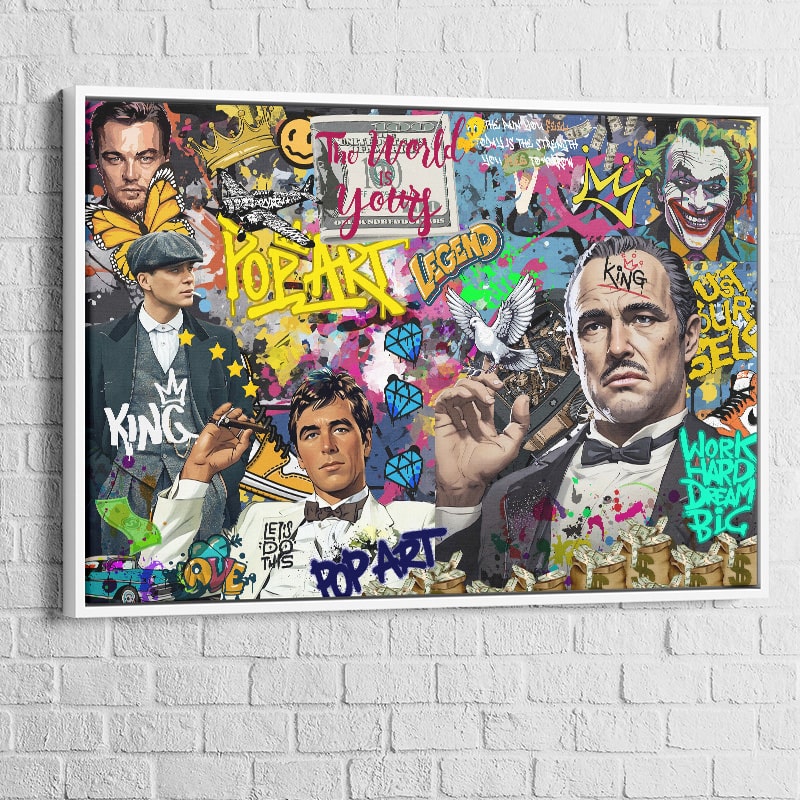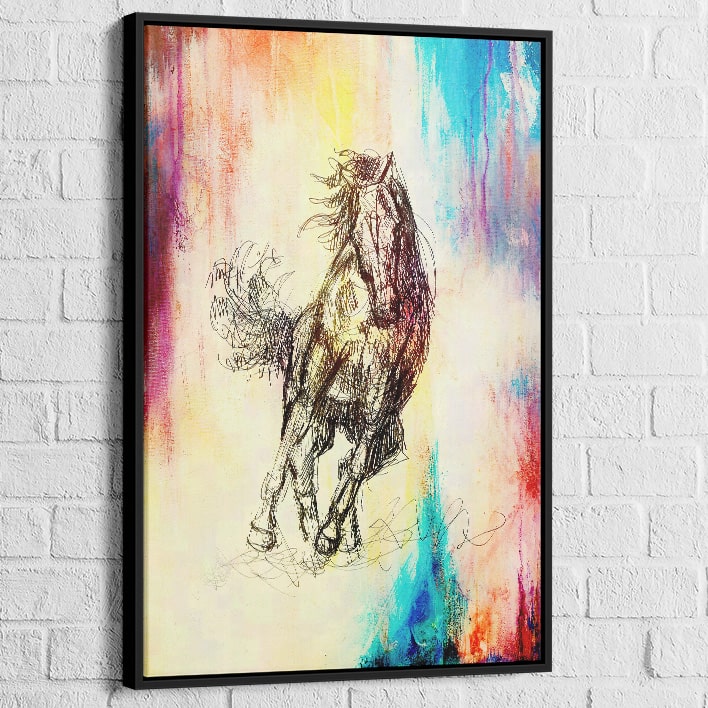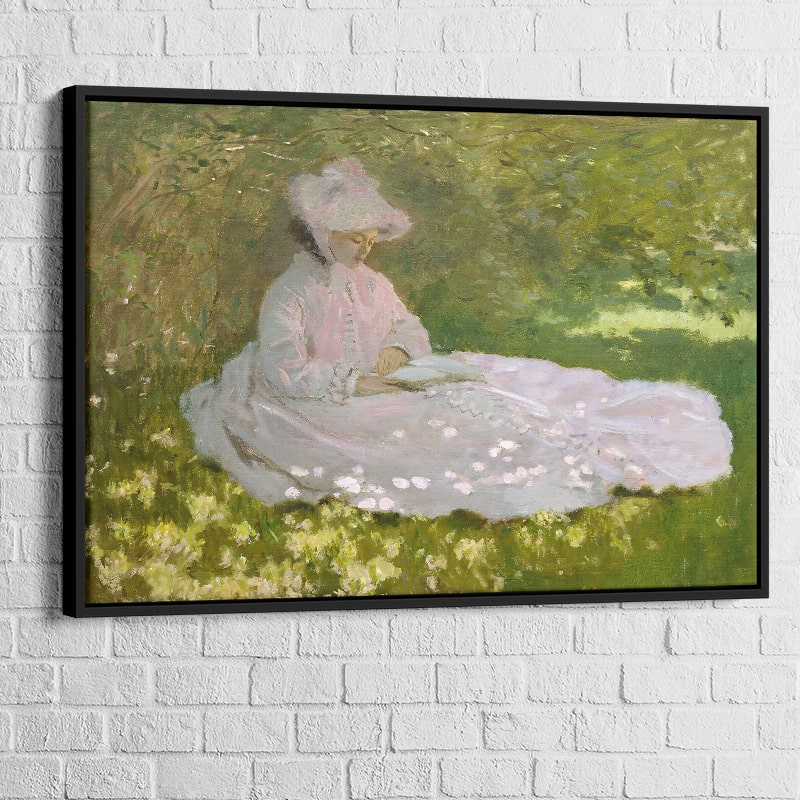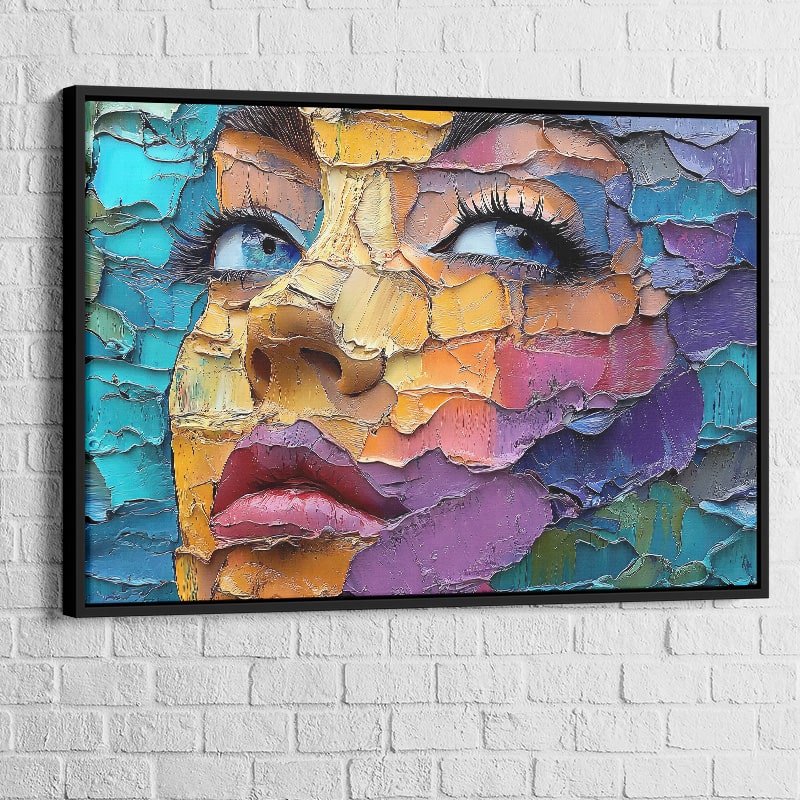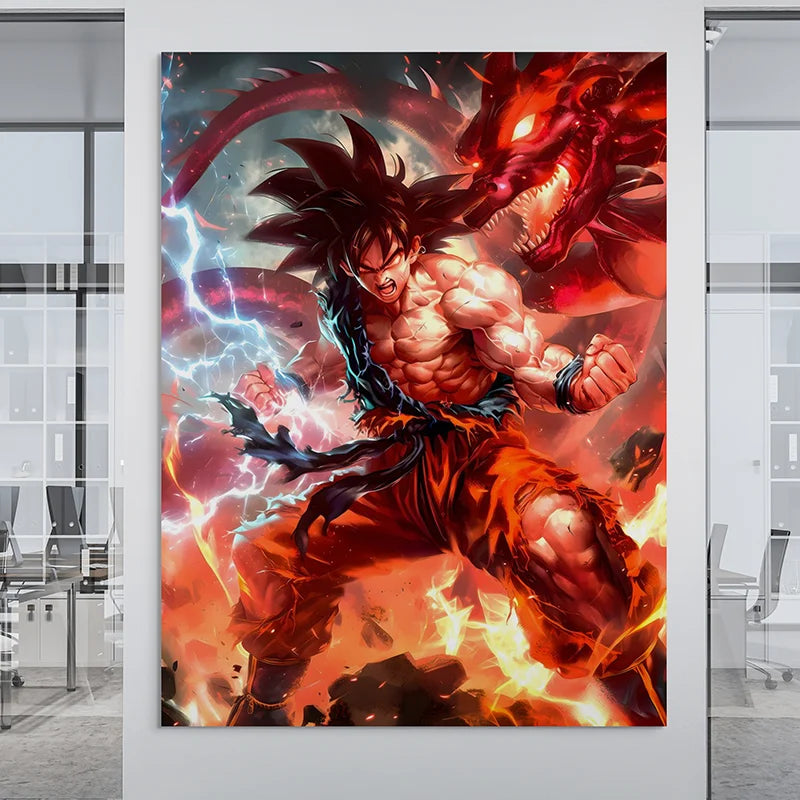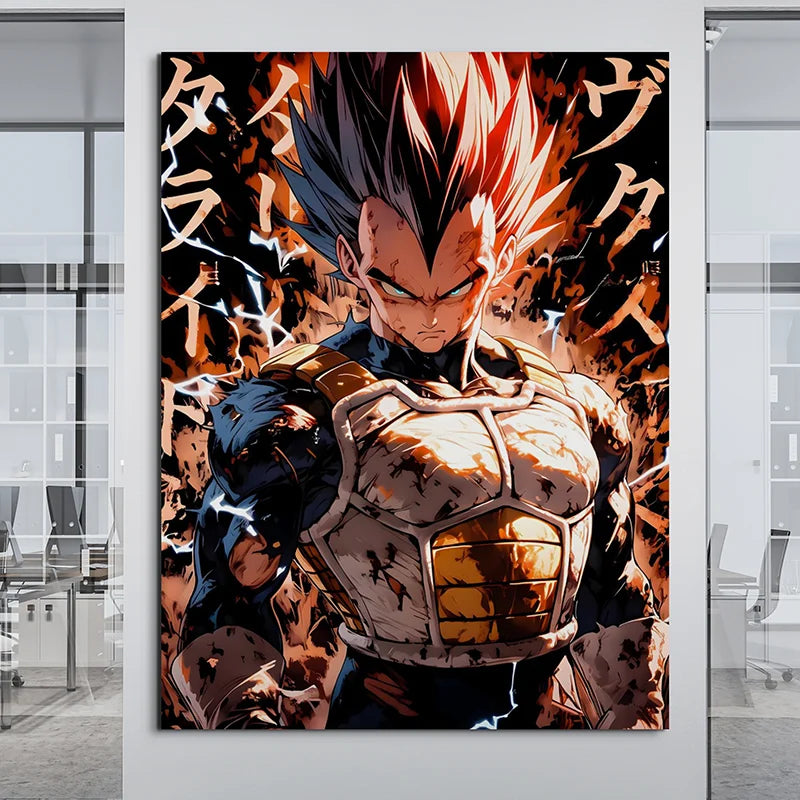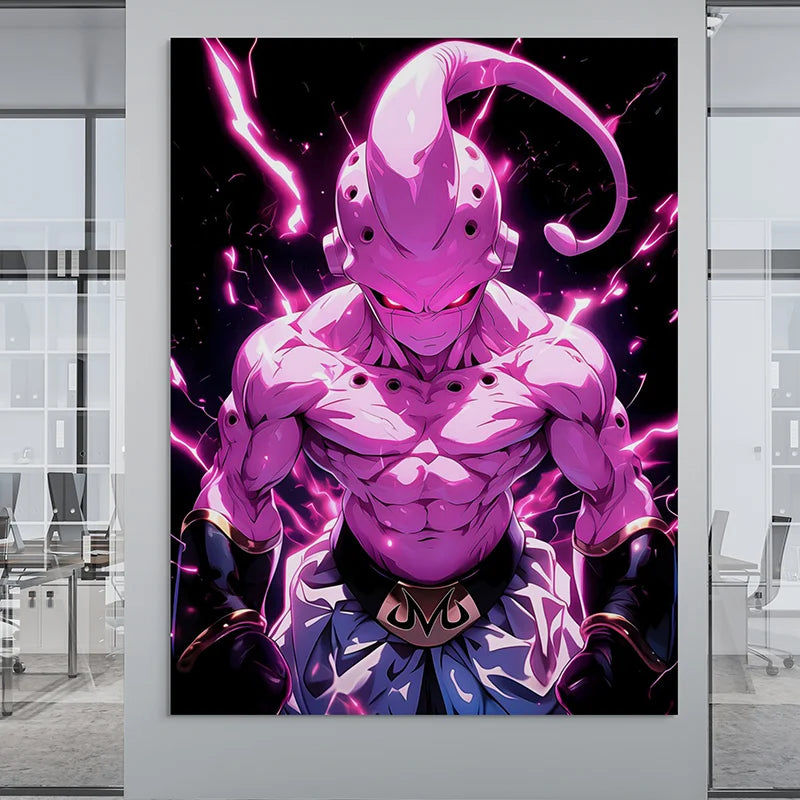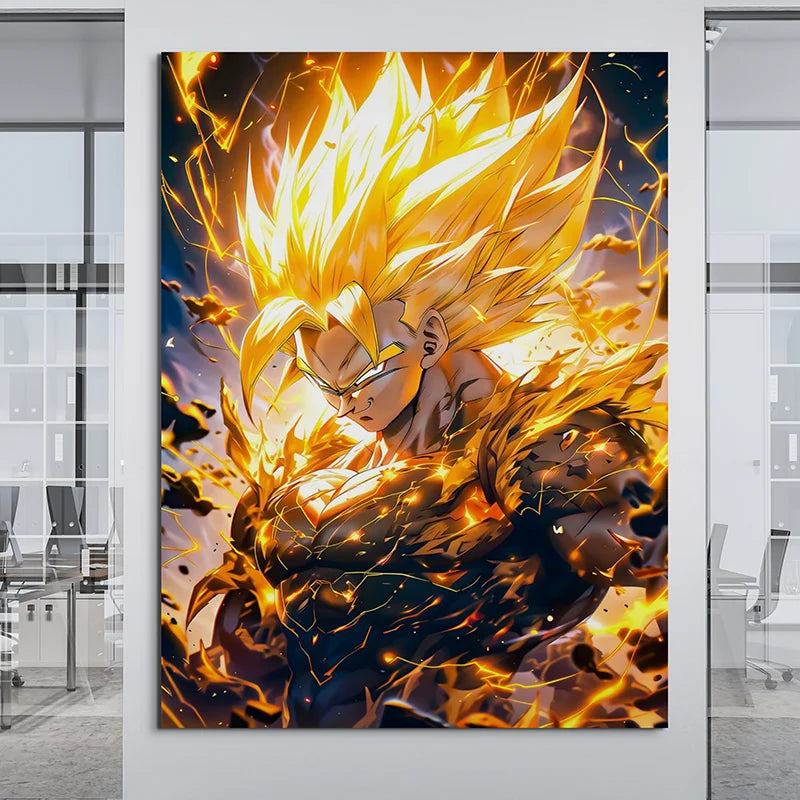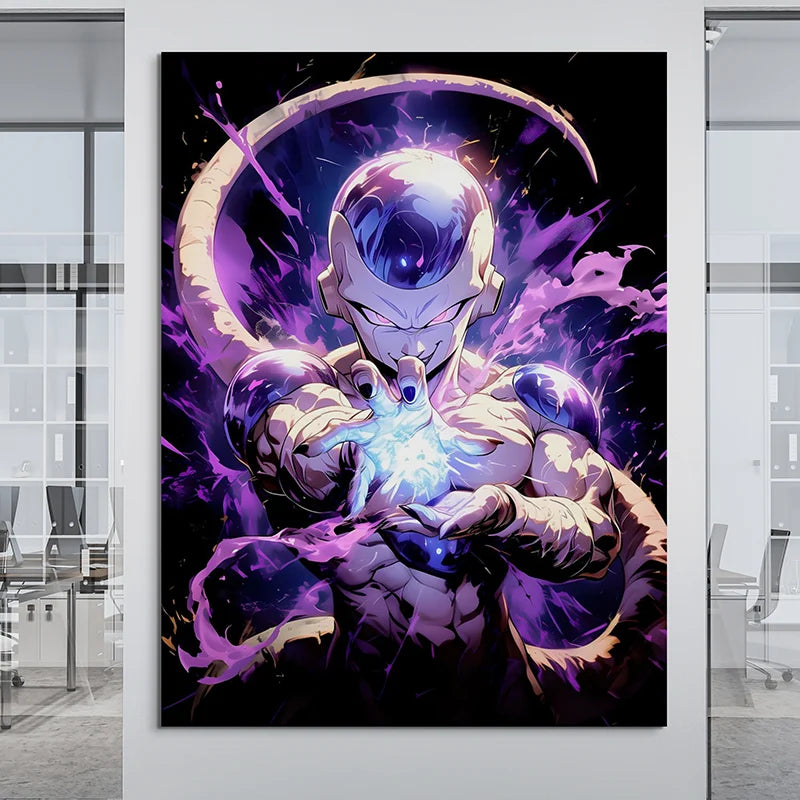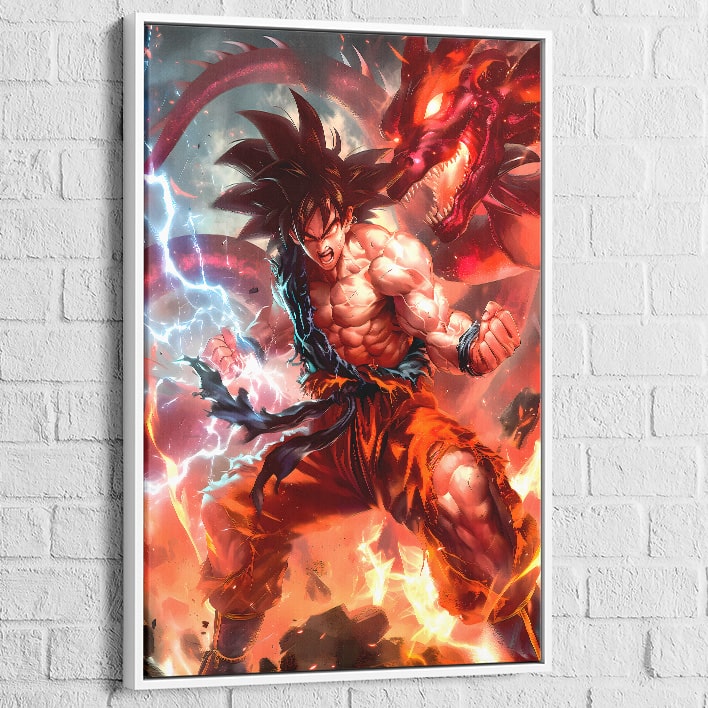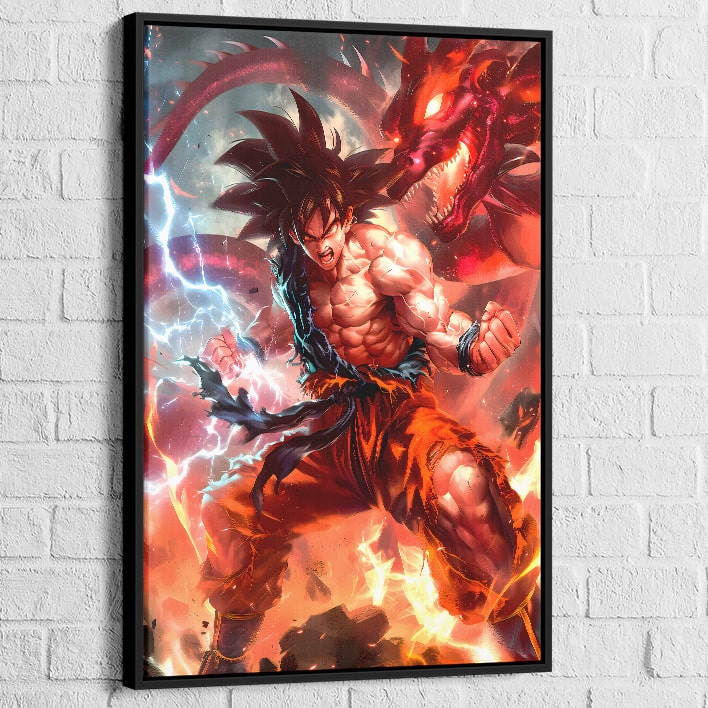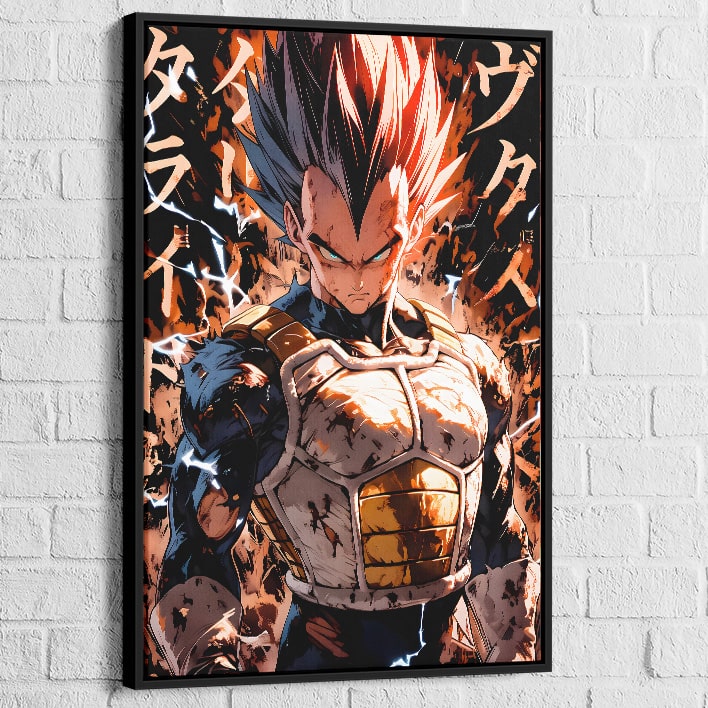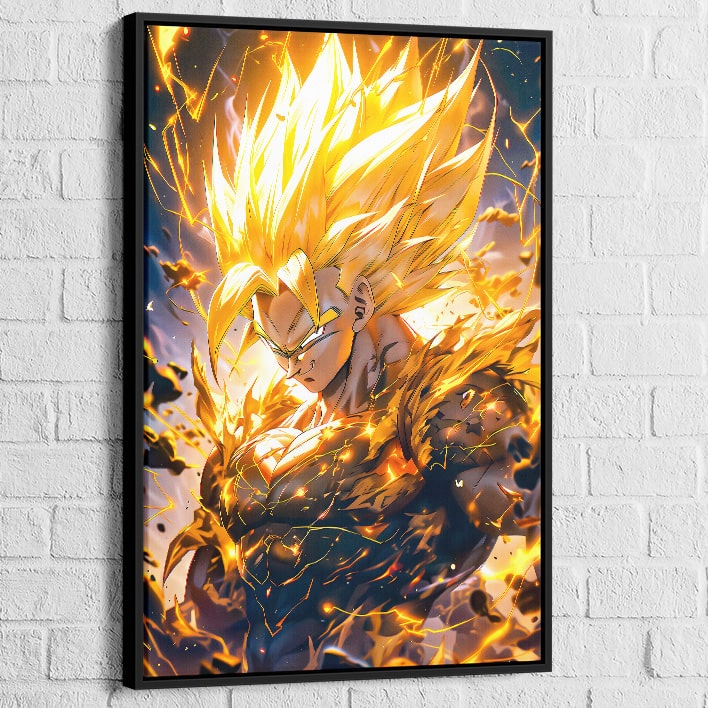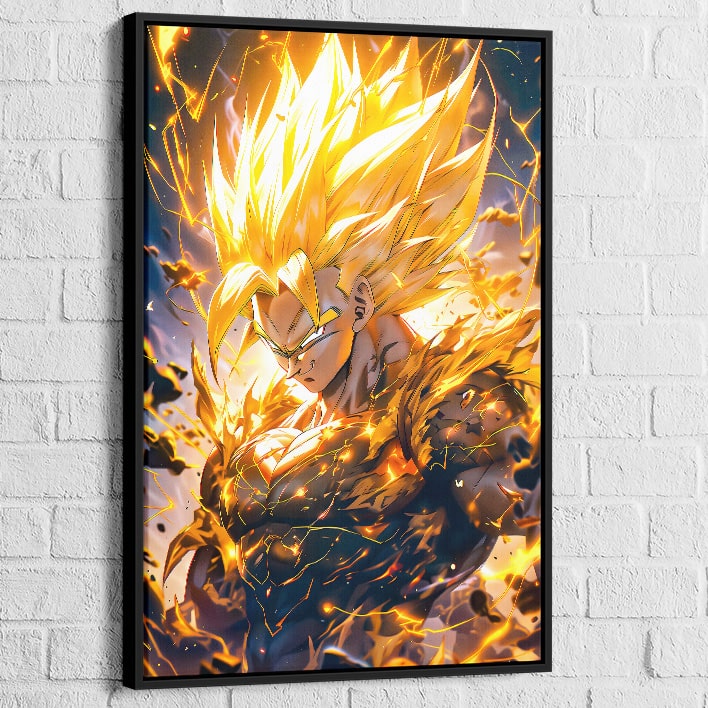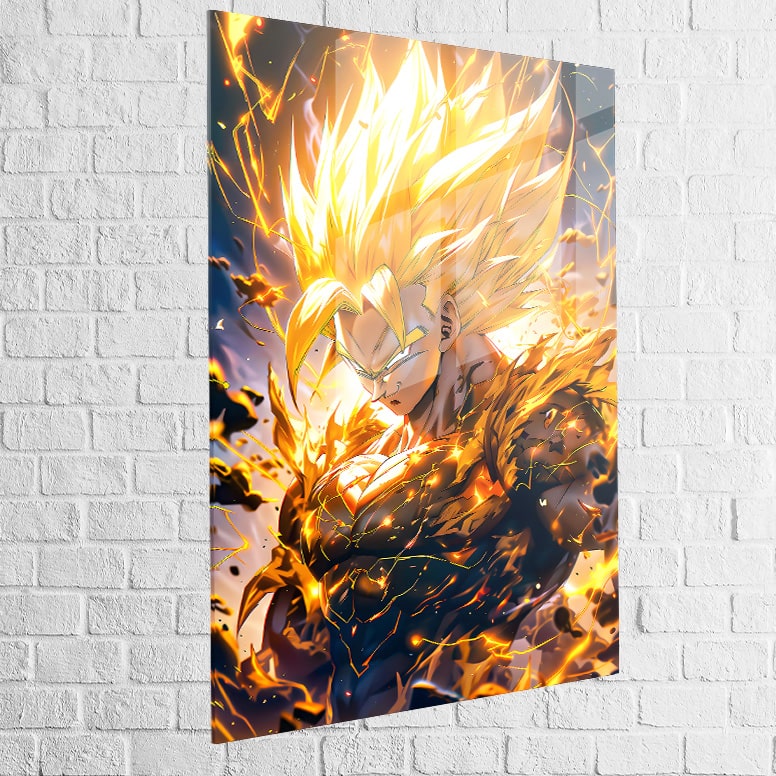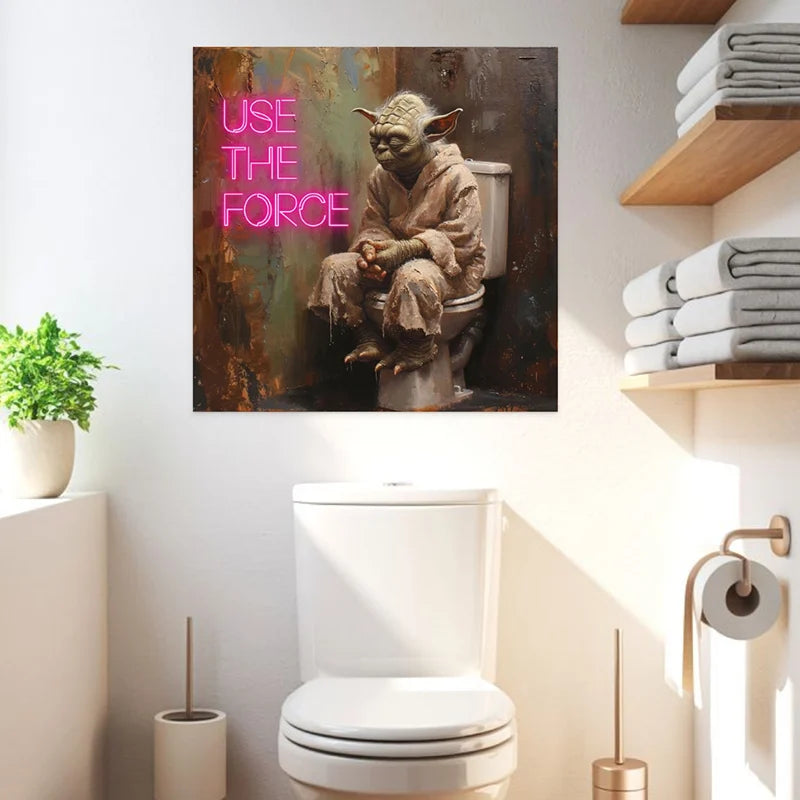An in-depth look at recent developments and emerging artists in the world of Street Art
Street Art is an ever-evolving art movement, adapting to cultural and socio-political changes. In 2023, Street Art continues to push the boundaries and surprise audiences with ever more daring and innovative works. In this article, we explore current trends, new emerging artists, and the impact of Street Art on the global art scene.
Current Street Art Trends in 2023
Street Art works in 2023 are part of an awareness-raising and educational approach, addressing themes such as the environment, human rights and social justice. Artists use the walls of our cities to convey strong messages and provoke reflection. The techniques used are also diversifying, ranging from traditional stencils to murals, installations and urban sculptures.
Emerging artists shaping the future of Street Art
- Artists committed to the environment
Several emerging artists have chosen to focus on environmental issues, using street art as a means to raise awareness about protecting the planet. Examples include Jane Doe, known for her murals depicting endangered animals, and John Smith, who creates installations from recovered waste to denounce pollution and encourage recycling.
Artists promoting social justice and equality
In 2023, street art continues to play an important role in promoting social justice and equality. Artists such as Sarah Brown and Michael Johnson use their talents to address issues such as racism, sexism, and police brutality. Their works, often provocative and controversial, aim to encourage dialogue and provoke reflection on the social and political issues we face.
The evolution of techniques and media in Street Art
Diversification of artistic techniques
Street Art in 2023 is no longer limited to murals and stencils. Artists are exploring new techniques, such as light painting, collage, yarn bombing (urban knitting) and land art. These new approaches allow us to push the boundaries of Street Art and explore new forms of artistic expression.
The expansion of artistic media
Street Art artists in 2023 are no longer content with painting on walls and building facades. Artistic media are diversifying, including everyday objects, vehicles, temporary installations or even digital projections. This trend reflects the desire of Street Art artists to adapt to the urban environment and invest in new spaces to express their creativity.
The impact of Street Art on the global art scene and institutional recognition
The growing influence of Street Art on contemporary art
In 2023, Street Art has become an essential artistic movement, influencing many contemporary artists and actively participating in the renewal of the global art scene. Art galleries and museums are increasingly integrating Street Art works into their exhibitions, thus recognizing the value and importance of this artistic movement.
Institutional recognition of Street Art
- Cultural institutions and public bodies are now paying particular attention to Street Art. Many cities around the world are organising festivals and events dedicated to Street Art, contributing to the promotion and recognition of these urban artists. Conservation and restoration projects for some emblematic works are also being set up, reflecting the awareness of the heritage value of Street Art.
Street Art in 2023: a booming artistic movement
Street Art in 2023 continues to grow and assert itself as a major artistic movement. With ever more daring and creative artists, diverse techniques and media, and growing recognition from cultural institutions, Street Art is poised to become one of the most influential and significant forms of artistic expression of our time. It is certain that the coming years will still hold many surprises and innovations in the exciting world of Street Art.
The Challenges and Opportunities of Street Art in the Digital Age
- The impact of social networks on the diffusion of Street Art
In the digital age, social media plays a central role in promoting and spreading Street Art. Artists use platforms such as Instagram, Facebook and Twitter to share their works with a wide audience, generating a growing interest and curiosity for this artistic movement. In addition, social media facilitates collaboration and the exchange of ideas between artists around the world, creating an environment conducive to innovation and artistic diversity.
The challenges of intellectual property and vandalism
Despite the growing recognition of Street Art, artists still face legal and ethical challenges. The issue of intellectual property and copyright arises regularly, especially when Street Art works are used for commercial purposes without the artist's permission. In addition, vandalism and degradation of works represent a major challenge for artists, who sometimes have to see their creations disappear or be damaged.
The future of Street Art: perspectives and challenges
- New technologies and Street Art
New technologies, such as augmented reality and virtual reality, offer new opportunities for Street Art artists. These tools allow them to explore new forms of artistic expression and interact with the public in new ways. Artists will be able to create immersive and interactive works, pushing the boundaries of Street Art and opening new perspectives for this artistic movement.
Artists' commitment to a sustainable and inclusive future
Faced with the environmental and social challenges of our time, Street Art artists are increasingly committed to promoting a sustainable and inclusive future. They use their art to raise awareness about issues such as climate change, gender equality or the fight against poverty. Street Art has the potential to become a powerful tool for social and environmental change, contributing to building a better and fairer world.
In short, Street Art in 2023 is a dynamic and constantly evolving artistic movement, shaped by emerging artists, new techniques, varied artistic media and socio-political and environmental issues. The future of Street Art is promising, with new perspectives offered by digital technologies and a growing commitment of artists for a more sustainable and inclusive future. It will be exciting to follow the evolution of this artistic movement and to discover the
innovative and inspiring creations that will emerge in the years to come.
The role of Street Art in urban revitalization
The transformation of urban spaces through Street Art
Street art also has a significant impact on the revitalization of urban spaces. By transforming dilapidated walls and neglected neighborhoods into colorful and expressive canvases, street artists contribute to the rehabilitation and beautification of cities. Many urban renewal projects now integrate street art as a central element of their strategy, recognizing its potential to stimulate tourism, improve the quality of life of residents and foster social cohesion.
Initiatives to support Street Art and its artists
To support the development of Street Art and its artists, various initiatives are emerging around the world. Public and private organizations and institutions encourage the creation of murals, offer scholarships and artist residencies, and organize exhibitions to highlight the talent of Street Art artists. These initiatives contribute to the recognition of Street Art as an artistic discipline in its own right and help build an ecosystem conducive to the development of this artistic movement.
In conclusion, Street Art in 2023 represents a rich and diverse universe, marked by varied trends, talented and committed artists, and a growing influence on the global art scene. The challenges and opportunities that this artistic movement presents, both technologically and socially and environmentally, offer exciting perspectives for the future of Street Art. In a constantly changing world, Street Art will undoubtedly continue to surprise, inspire and awaken consciences, asserting its place as a major artistic movement of our time.

